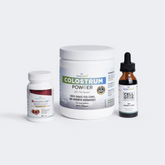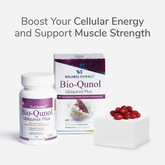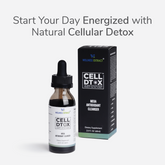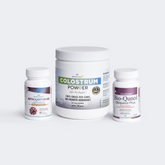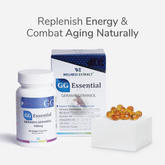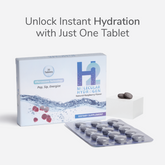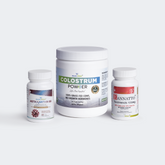Estimated Reading Time: 1 minute
|In the latest trial conducted by Andriani D et al, evaluation of the role of Astaxanthin in oral ulcers has been highlighted. Oral ulcers are a common, painful complication in individuals with diabetes, often healing slowly due to chronic inflammation and impaired immune responses.
Innovative new research has tested a topical gel combining high-molecular-weight hyaluronic acid (HMW-HA) and astaxanthin, a potent antioxidant, to address these challenges.
What Was the Study’s Aim?
The study aimed to determine if a gel formulation combining HMW-HA (0.2%) and astaxanthin (1%) could reduce inflammation and accelerate healing in oral ulcers of diabetic rats. Researchers focused on key inflammation markers: NF-κB, IL-1β, and the anti-inflammatory cytokine IL-10.
How Was the Study Conducted?
-
Forty diabetic rats with oral ulcers were randomly divided into four groups:
-
Basic gel (control)
-
Hyaluronic acid gel
-
Astaxanthin gel
-
Combined hyaluronic acid + astaxanthin gel
-
Treatments were applied for 3 and 7 days.
-
The team evaluated inflammatory and healing responses through immunohistochemical analysis of NF-κB, IL-1β, and IL-10 in ulcer tissue.
What Were the Results?
-
The combination gel (HAXT) significantly reduced levels of NF-κB and IL-1β inflammatory markers compared to the control and single-agent gels.
-
On day 3 and day 7, the combination not only suppressed harmful inflammation (NF-κB, IL-1β) but also greatly elevated IL-10, which is crucial for anti-inflammatory and healing processes.
-
The findings suggest the combined gel outperformed either ingredient alone, supporting a synergistic anti-inflammatory effect that could speed up ulcer healing in diabetic conditions.
What’s the Takeaway?
This breakthrough study demonstrates that combining hyaluronic acid and astaxanthin in a topical gel can effectively reduce inflammation and promote healing of oral ulcers, especially for those with diabetes.
By lowering inflammatory markers and boosting protective cytokines, this natural approach offers exciting potential for safer, faster oral wound care.
Further research in humans is needed, but these results pave the way for innovative, targeted solutions in diabetic wound healing and oral wellness.
Read the full study for details:
TRENDS IN SCIENCES 2025; 22(7): 9955
Keep following Wellness Extract’s research column for the finest in credible, science-backed wellness insights from around the world.



















